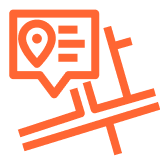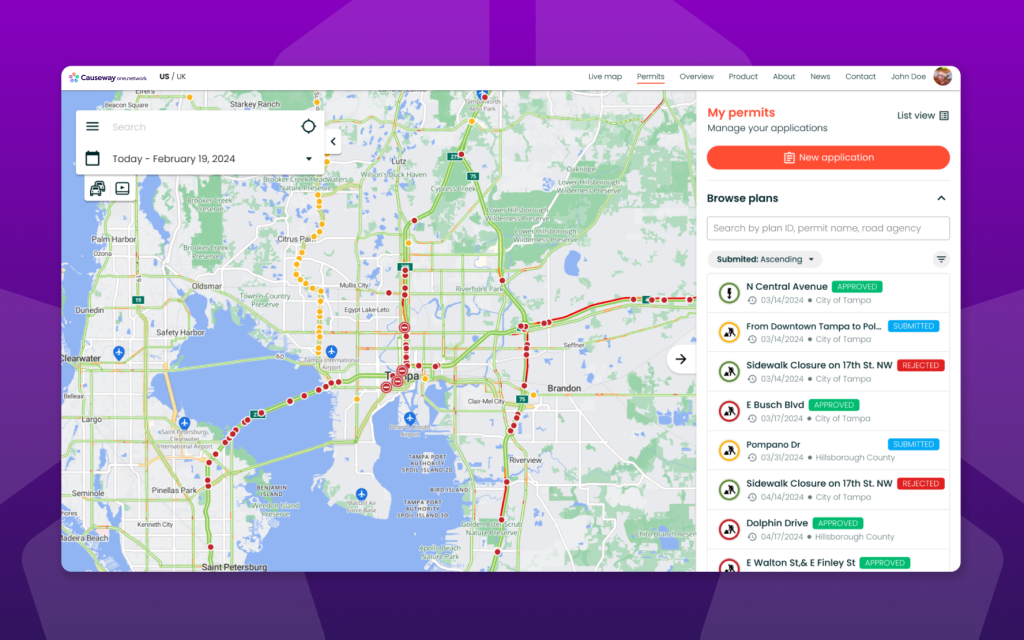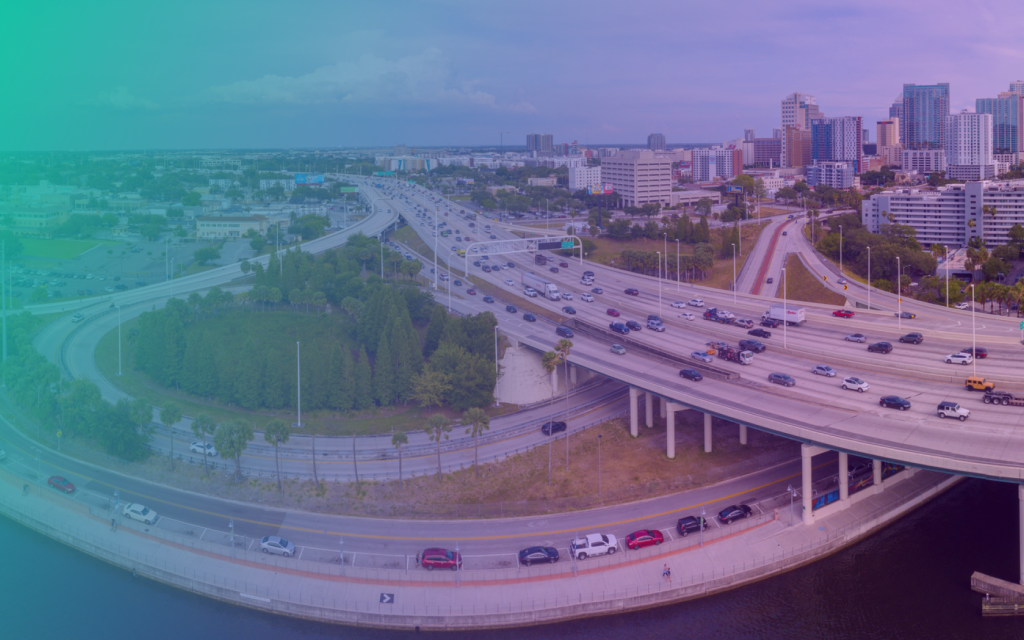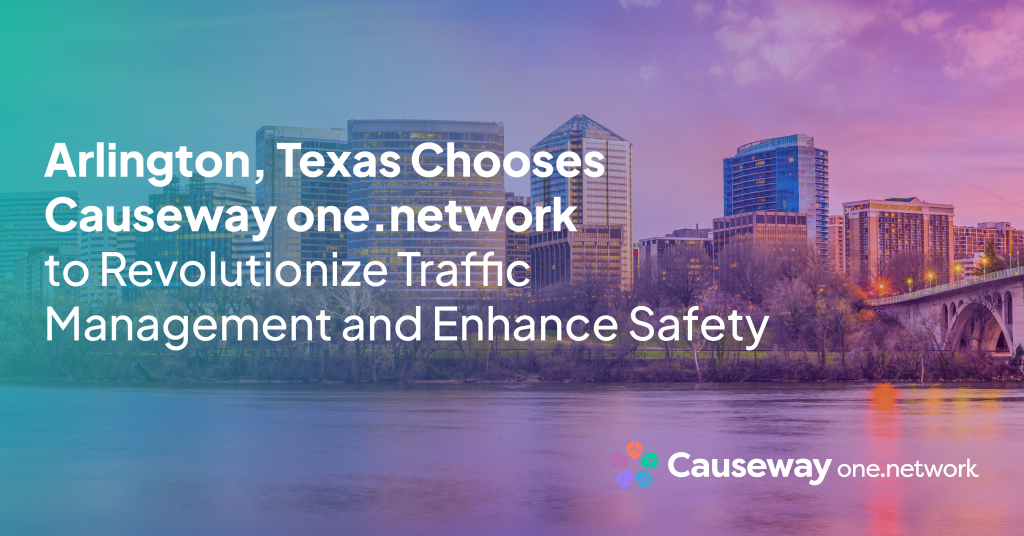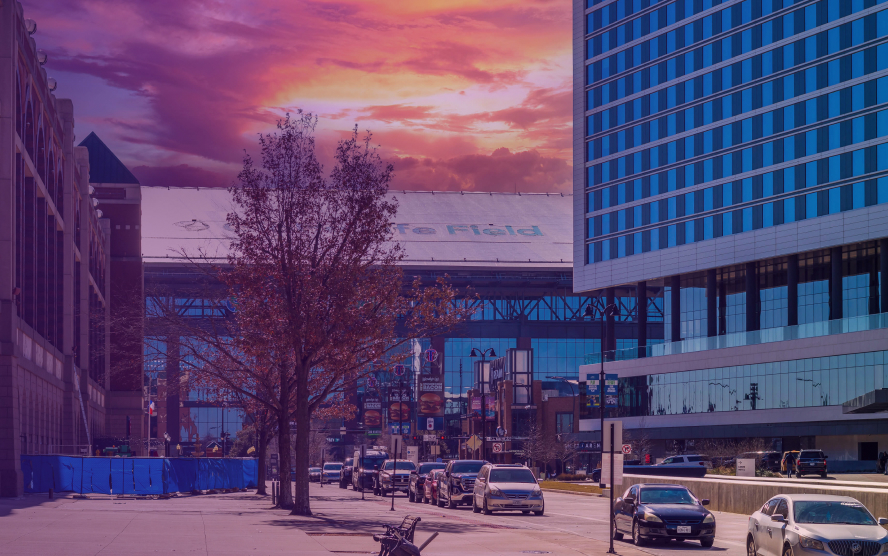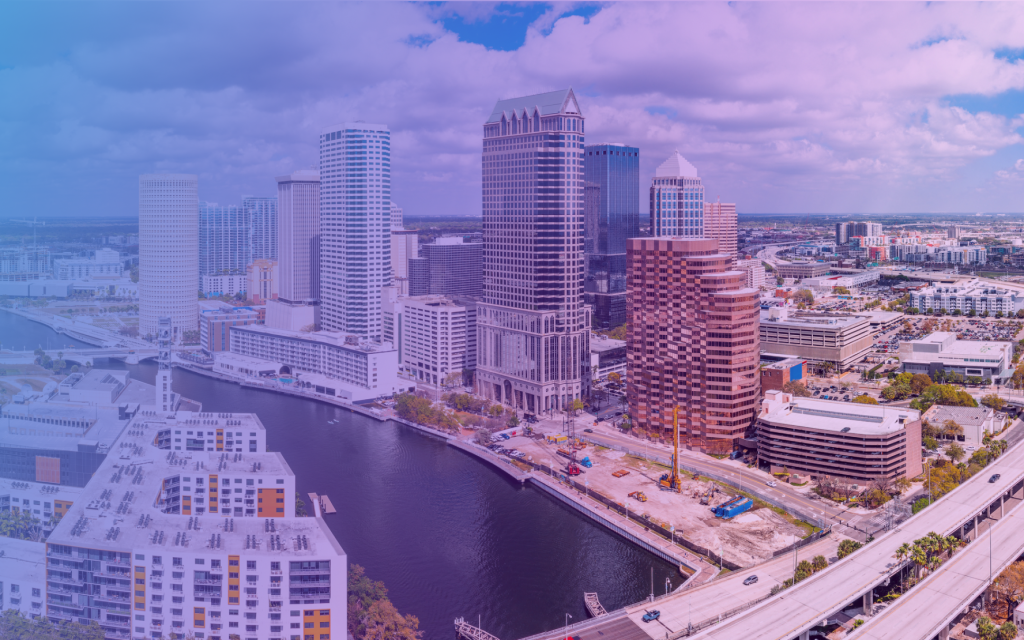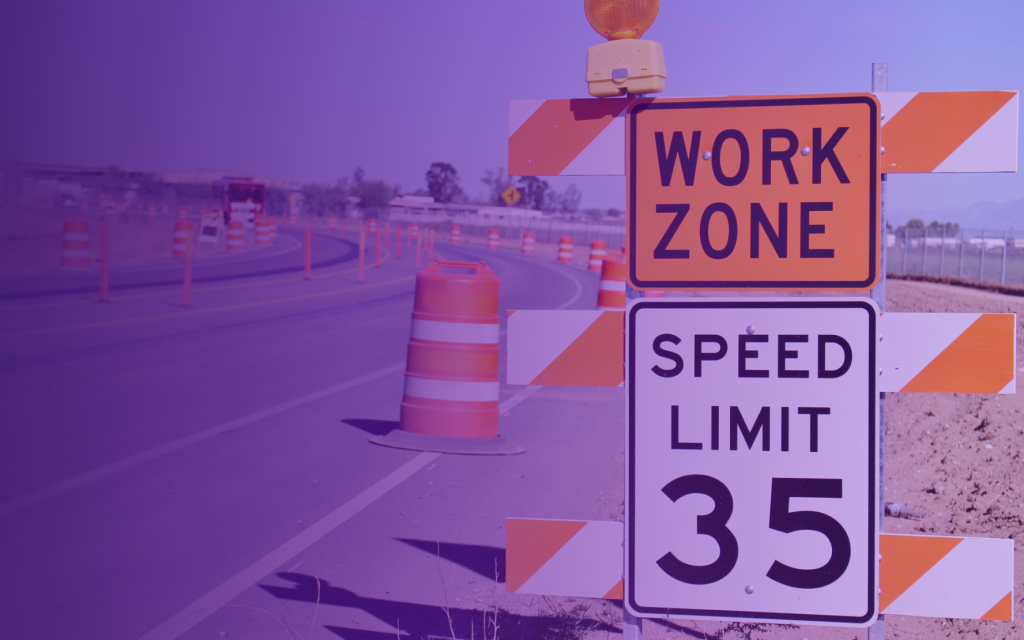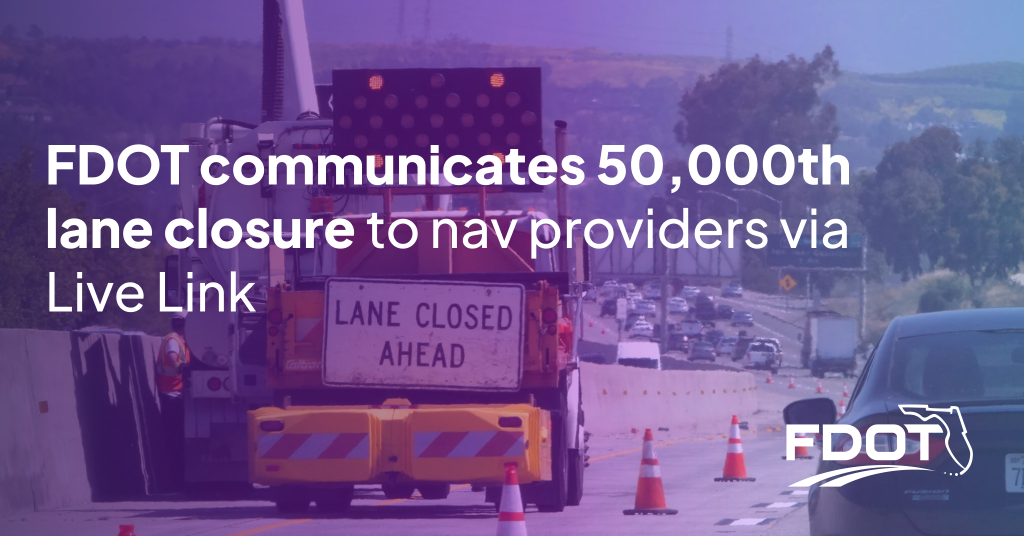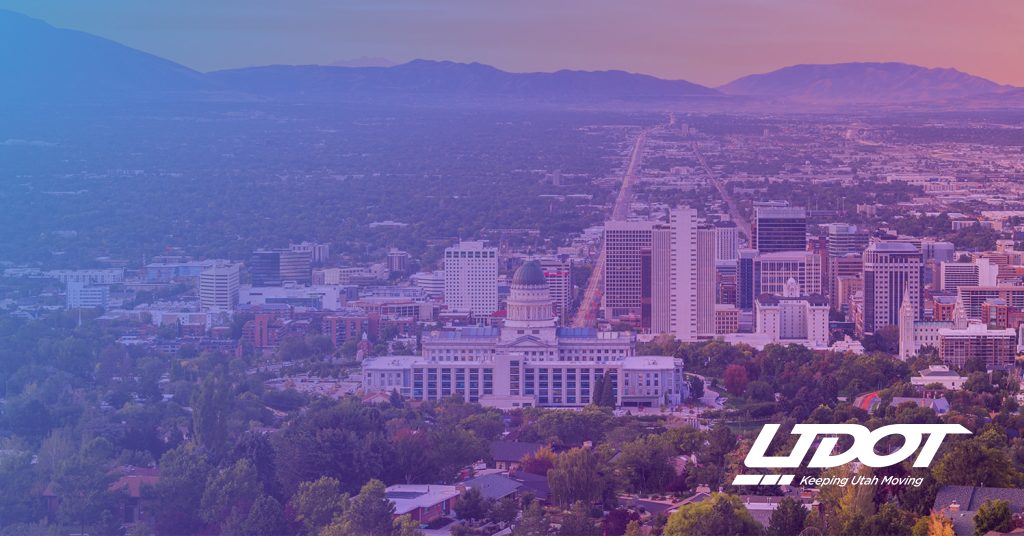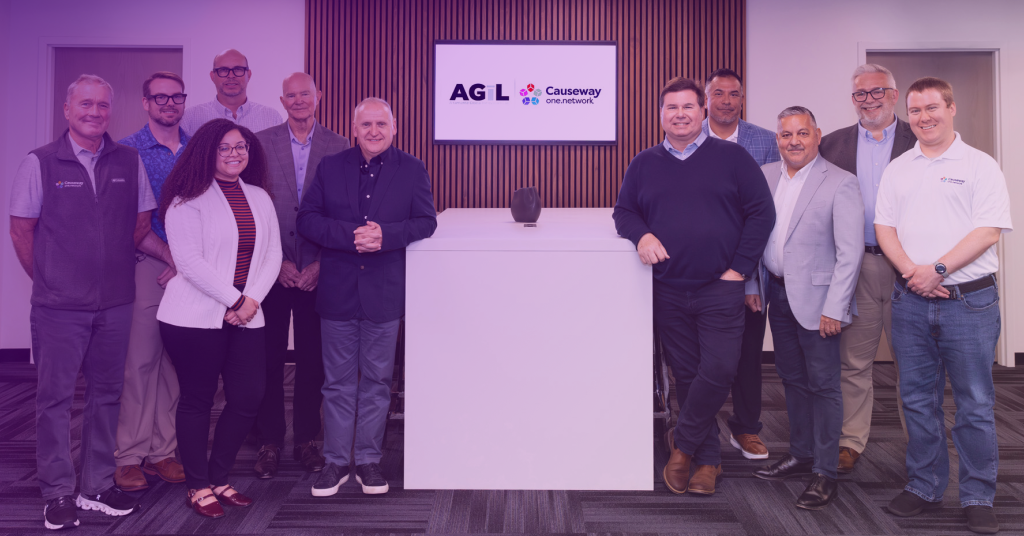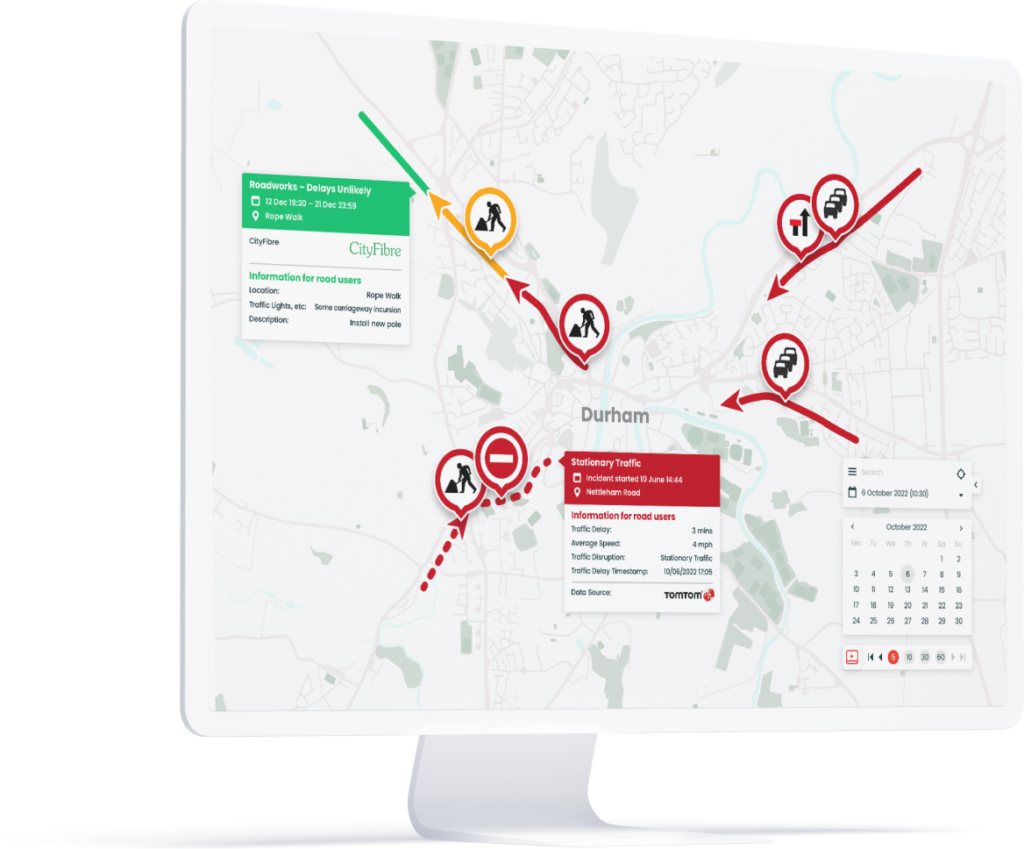13 October 2025
The Traffic Surge is Coming: Why World Cup Cities Need a New Playbook
Tags:
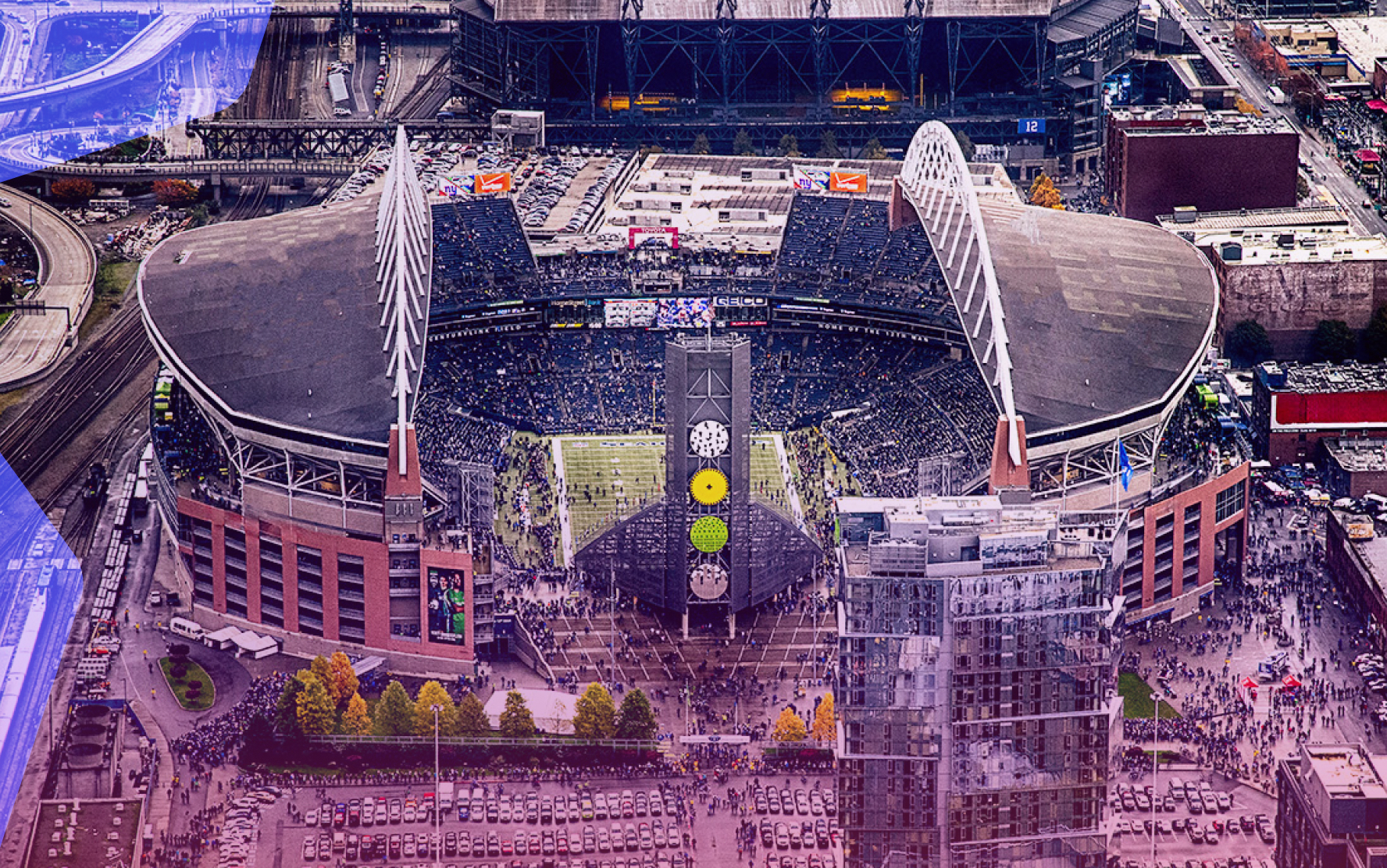
When the FIFA World Cup™ arrives in North America in 2026, host cities won’t just be managing world-class sporting events — they’ll be managing a once-in-a-generation surge in traffic, disruption and operational pressure on their road networks.
This will be the largest and most complex FIFA World Cup™ in history:
📍 48 teams
📍 16 host cities
📍 An estimated 6.5 million fans attending matches across the U.S., Canada and Mexico
📍 Countless more participating through Fan Fests, viewing parties and citywide activities
For cities like Los Angeles, Dallas, Houston, Miami and Atlanta, the scale of movement will be unprecedented. Stadiums will fill. Hotels will overflow. Transit networks and arterial roads will face daily spikes in demand.
And without a new, coordinated approach to event closures, traffic management and avoiding work zone clashes, cities risk falling back on outdated methods — leading to more congestion, more confusion, and increased safety risks.
This isn’t business as usual. And that means the playbook for managing roads can’t be either.
🌎 A Global Event with Local Pressure
FIFA World Cup matches bring tens — sometimes hundreds — of thousands of people to a city. But they don’t just come for game day. They come early, stay longer, and move frequently — often in unpredictable ways.
Looking at previous tournaments gives a sense of the scale:
-
🏟️ Qatar 2022: 1.4 million visitors, 18.2 million public transit rides in 29 days
-
🏙️ Russia 2018: Over 3 million foreign visitors, 5 million free metro rides in Moscow alone
-
🏖️ Brazil 2014: 1 million+ incremental foreign visitors spread across 12 cities
Those tournaments had fewer venues, more centralized control and, in some cases, public transit-focused design.
In 2026, U.S. cities must balance event traffic with ongoing construction, daily commuting, tourism and freight movement — all on complex, car-centric networks.
And the problem? Many city and state agencies still rely on fragmented systems, spreadsheets and siloed communication to plan and communicate road disruptions.
As any traffic engineer will tell you — what works for daily operations won’t scale to a World Cup.
🏈 A Smarter, Unified Approach: Arlington & Omaha
The City of Arlington, TX is already ahead of the curve. With AT&T Stadium regularly hosting large events, Arlington adopted Causeway one.network to modernize how teams plan and communicate road disruptions.
With one.network, Arlington can:
-
Access a single, map-based operational view of roadworks and closures
-
Coordinate between Public Works, Communications and Emergency Response
-
Push real-time updates to navigation providers like Waze and Google Maps
-
Keep the public informed through a live public map
“Partnering with Causeway one.network has been a game changer for how we manage traffic during high-profile events. As we prepare for the 2026 FIFA World Cup, this partnership continues to be a critical part of our strategy,” said Chris Funches, Senior Traffic Engineer for City of Arlington.
Further north, the City of Omaha, NE deployed the platform during the College World Series, using Causeway’s Traffic Management and Live Link tools to:
-
Coordinate closures across departments
-
Empower crews on the ground to send live updates to GPS apps
-
Reduce congestion near the stadium
-
Improve the driver experience for residents and visitors alike
And they’re not alone.
Agencies across the UK — including for the Isle of Man TT Races and Activity Wales Events — use Causeway one.network to manage high-pressure traffic environments and keep road users informed in real time.
📋 Coach’s Corner: 3 Smart Plays for Host Cities
🏟️ 1. Put everyone on the same field
Ensure every department — from Public Works to Emergency Services — operates from the same real-time road network view.
⚽ 2. Plan like it’s game day — every day
Think beyond matchdays. Consider weeks of disruption from pre-event setup, post-event breakdowns, and overlapping infrastructure work.
📲 3. Get data into drivers’ hands
Push accurate MOT and closure updates directly to the apps drivers use — before confusion turns into congestion.
🛑 Don’t Wait Until the Whistle Blows
With 6.5 million fans expected across 16 host cities, now’s the time to get ahead of disruption.
See how Causeway one.network helps cities like Arlington and Omaha:
✅ Coordinate work zones and closures
✅ Communicate live updates to drivers
✅ Keep road users safe and informed
👉 Book a 20-minute demo
👉 Explore our City of Arlington Case Study →
